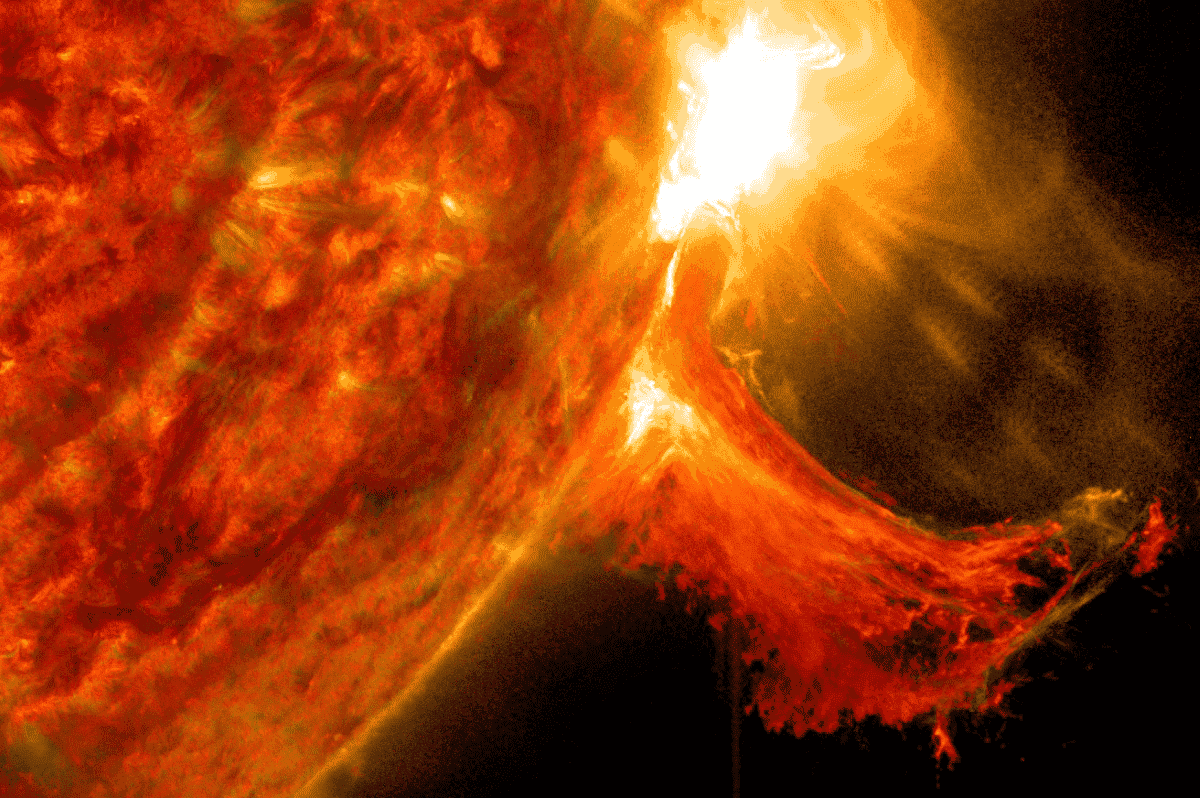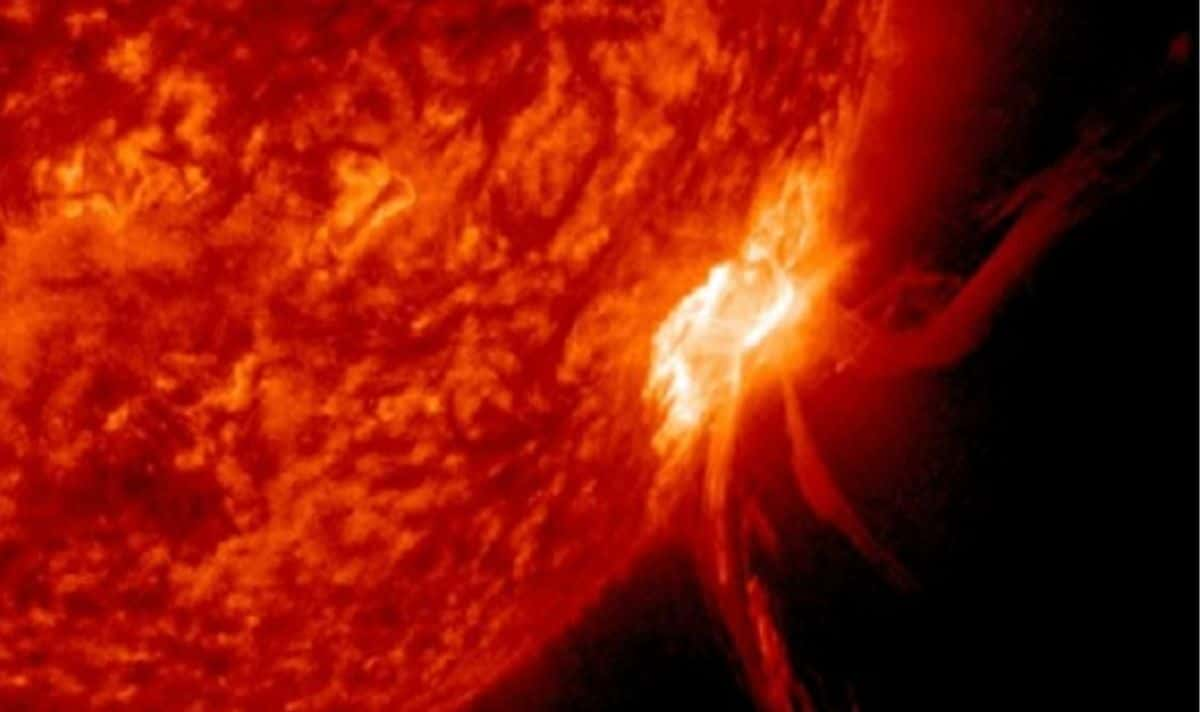These “superflares” dwarf the sun solar flares we experience from our sun, capable of disrupting global communications and power systems.

Researchers investigating sun solar flares from stars, far brighter than our sun, might have unraveled the secrets behind these colossal eruptions
Scientists, led by Kai Yang and Xudong Sun from the University of Hawaii, utilized sun solar flares as a proxy to understand these distant, intense phenomena. The study suggests that superflaring stars, boasting stronger magnetic fields than the sun, exhibit a two-stage flare, similar to sun solar flares but on a vastly amplified scale. Despite their differences, both types of sun solar flares likely share a common origin: the sudden release of magnetic energy. To comprehend these mammoth eruptions, scientists relied on indirect observations due to the immense distance of these stars.
Their simulations proposed the presence of massive loops of plasma, akin to the sun’s coronal loops, driving the observed brightness variations in distant stars. These loops, if present, would be extraordinarily dense, as yet untestable by current technology. However, peculiar light curves observed by telescopes like Kepler and TESS hint at potential features resembling the sun’s late-phase flares, possibly caused by similar mechanisms.
Computer simulations further supported this theory, indicating that heightened sun solar flare energies in brighter stars pump more mass into these loops, increasing their density and contributing to visible light emissions
This, in turn, could cause secondary peaks in the observed light curves, akin to those witnessed by the telescopes. The team’s findings propose that the observed late-time brightness surges in distant stars’ spectra might result from super-hot plasma cooling at the apexes of these coronal loops, eventually falling back onto the stars as glowing material.
This process could mirror the coronal rains observed on the sun, contributing to the heating of stellar atmospheres. In essence, this study offers a potential model that aligns distant superflares with sun solar flares, shedding light on the underlying physics governing these breathtaking cosmic phenomena.
READ ALSO: Unprecedented Sun Coronal Hole Emerges, Directs Solar Wind Streams Towards Earth




